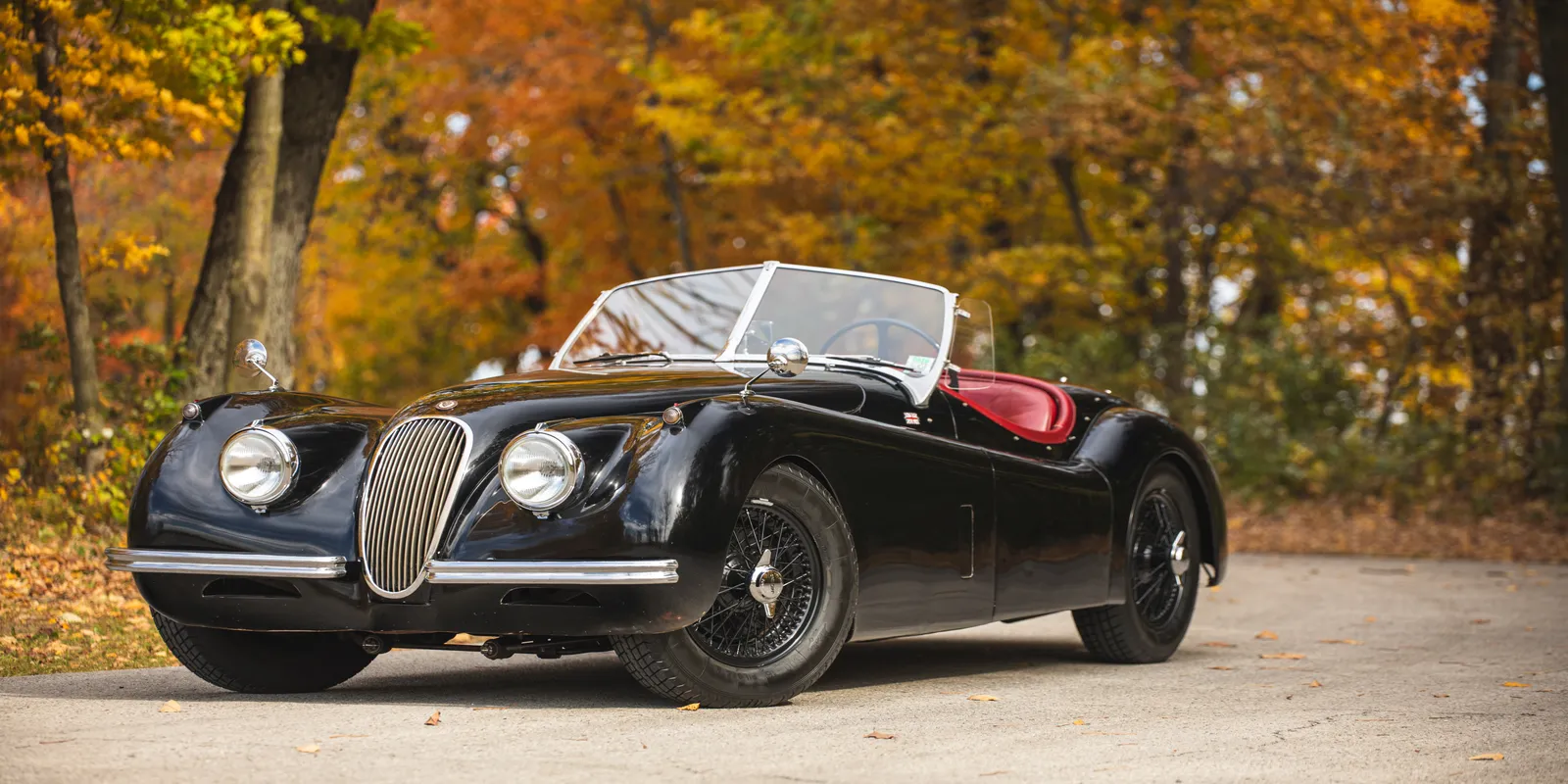Roaring Classics: The Resurgence of Vintage Cars in the Modern Age
If you have the funds, investing in classic cars as investments is a tempting prospect. Not only are these unique pieces often rare and gaining value over time; their prices also keep going up!
Before running off to your local pawnshop, there are a few things you should take into account first. Hagerty has developed several indexes that track the value of classic cars.
The 1960s and 1970s
In the 1960s and 70s, counterculture movements offered a strong voice against established order. Through such rebellion, many aspects of society such as consumerism were challenged while peace initiatives and individualism rose up as new identities that still have significant ramifications today.
Women, homosexuals, African Americans and Native Americans all protested the war in Vietnam while also striving for equality and protesting the Arab oil embargo, which caused inflation and shortages.
As society transitioned away from industrialism toward an eco-friendly lifestyle, people sought ways to preserve natural lands and reduce pollution. Cars became symbols of this new era, with Jane Birkin and Jerry Hall serving as models of this trend. Frayed jeans, leisure suits, flowy maxi dresses and an affinity for earth tones became all-the-rage fashion statements during this era.
Classic cars from this era are considered blue-chips of the automotive industry, and even simple VW Beetle or Citroen 2CV models can fetch millions at auction. Many investors see vintage car investments as an effective hedge against inflation as well as store of value; thanks to blockchain technology’s tokenization technology, private owners now have access to this exciting investment opportunity!
The 1980s and 1990s
Cars from the 1980s are enjoying rising values. According to Rabold, this trend can be traced to younger generations seeking out models with both modern comfort and safety features as well as retro charm that provide plenty of fun driving pleasure.
Cars from the 1990s are seeing their values soar thanks to an emerging demand from millennials, according to Rabold. These smaller cars provide fun driving experience at fuel economy that rivals that of newer models on the market; Rabold notes this trend was enabled by automakers’ recent success in creating small and compact models with all of the performance potential of larger ones while remaining manageable for everyday driving.
Though many of the cars from this era which are seeing their values increase have never been considered “muscle cars”, many can be easily modified to become sportier and unique. With websites like Bring A Trailer and Cars & Bids making it easier than ever to locate that dream vehicle, vintage vehicle prices continue to skyrocket, making now an excellent time to be buying an old classic car.
The 2000s
As an auto enthusiast, you might have a vehicle in mind that you want to own someday. From classic sportscars and luxury barges to exotic models like Ferraris or Lamborghinis; no matter which it is, you want to ensure its survival for future generations. Understanding its rising value as well as their timeless qualities are essential components of automotive art collection.
Even cars created as knock-offs or tributes have gained cult followings over time. Reviving these older models allows car enthusiasts to still experience their beloved designs while making it modern enough to fit into today’s market.
The 2000s witnessed significant transformation in the automotive industry, from aerodynamic designs to more fuel efficient engines. These developments helped shape modern cars – though that doesn’t rule out their becoming classics in the future.
Reviving older models and even their brand names has attracted widespread interest, and some have attempted to do just that with Project Kimber. That project attempted to revive the long-discontinued Smart Roadster as an “AC Ace-esque vehicle,” though unfortunately its lifespan was short lived; nonetheless it proved there is appetite for revisiting our favorite brands and their cars.
The 2010s
In the 2010s, we witnessed many bizarre trends – from Silly Bandz to planking – but some of the most noteworthy events happened within the automotive industry. From revitalized luxury sportscars and supercars to revitalized classic designs reviving old-school beauty in their designs.
Classic cars enjoy a huge fan base. From replicas and tributes, to full restomods, classic vehicles have an extremely passionate fan base that is willing to spend huge sums of money on them as investments. But one often doesn’t realize just how attractive classics could be as an investment alternative.
Vintage cars provide an attractive alternative way of storing value, especially due to being tangible assets which can easily be verified.
Cars are an excellent way to diversify a portfolio, providing a secure protection from inflation while simultaneously rising in value as demand rises. Thus, it should come as no surprise that some investors are investing capital into this industry; often car enthusiasts who see potential in investing in the vehicle of their dreams – betting that its value will skyrocket over time.












